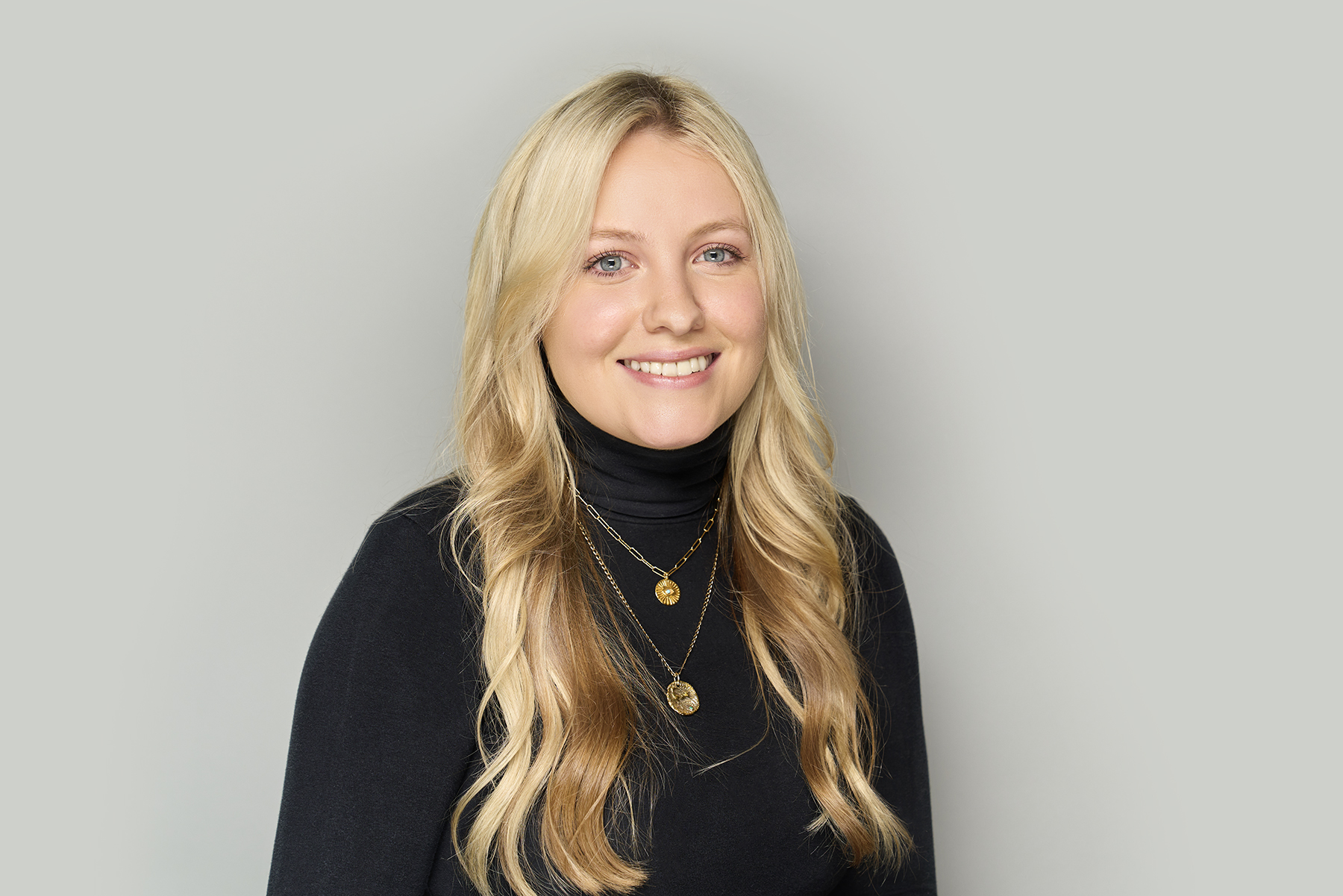Thwaytes v Sotheby’s – where are we now?
Written by
Boodle Hatfield acted on the leading art negligence case of Thwaytes v Sotheby's in 2014. Mr Thwaytes brought proceedings against Sotheby's for breach of contract and negligence for allegedly failing to properly investigate a painting that had been consigned to them that had "Caravaggio potential".
Sotheby’s sold the painting for £42,000 and the purchaser, the leading Caravaggio scholar Sir Denis Mahon, subsequently undertook analysis and conservation and announced that the painting was in fact by Caravaggio, following which it was exhibited and insured for £10m. Read more here: Thwaytes v Sotheby’s [2015] EWHC 36 (Ch) – Boodle Hatfield.
The High Court has now handed down two highly anticipated judgments in quick succession which develop the findings of Thwaytes v Sotheby’s and the degree to which art experts should demonstrate and apply their expertise.
Background
The first case concerned seven ancient objects which were sold by Mr Eskenazi to a member of Qatar’s royal family, Sheikh Hamad Al Thani, for $4.9m between 2014 and 2015. The Sheikh subsequently brought proceedings against Mr Eskenazi for breach of contract, misrepresentation and negligence, alleging that the seven objects he had purchased were inauthentic.
The question before the Court, alongside ruling whether the objects were authentic, was whether Mr Eskenazi had acted negligently in expressing his opinion that the objects were authentic. After the trial, the High Court ruled each object as inauthentic and Mr Eskenazi as negligent in expressing an unqualified opinion to this effect. It did not, however, rule that Mr Eskenazi was fraudulent.
The second case concerned a painting by French artist Chardin. The painting was consigned to Mr Dickinson by the Earl and Countess of Wemyss for a “light clean”. He subsequently sold the painting to Mr Amell, a Scandinavian art dealer, for £1.15m as a “Chardin and Studio” (a combination of Chardin’s own hand with some studio work) as opposed to a wholly autograph work by Chardin.
After a “deep clean” and being marketed by Mr Amell as an autograph work by Chardin, the painting was sold for $7.5m in January 2015 (with a painting by Watteau included in the sale price).
The Wemyss’ brought proceedings against Mr Dickinson for negligence in the attribution he gave on the sale of the painting as a “Chardin and Studio” rather than a wholly autograph work by Chardin and not consulting an external expert, amongst other allegations such as failing to warn them of a risk that the work could be reattributed and sold as by Chardin alone for a greater price. After the High Court trial, the Court ruled that Mr Dickinson had not acted negligently.
What duty and standard of care does an art dealer owe their client?
In Thwaytes v Sotheby’s, the Court differentiated between the standard of care that should apply to a provincial auction house and a leading London auction house and set out some of the high expectations of an auction house such as Sotheby’s.
The Court found that these high expectations are not defined simply by what an auction house has chosen to do but rather objectively what a seller is entitled to expect them to do. Both of the new judgments reaffirmed this finding.
Mr Eskenazi was found to be one of the world’s leading dealers and experts in Indian and South Asian works of art, and the claimants therefore argued that he met the criteria of Thwaytes v Sotheby’s and was under a duty to exercise the reasonable skill and care to be expected of a world leader in his particular area of expertise.
Similarly, in Mr Dickinson’s case, the standard of care was the standard owed by an ordinary skilled professional art dealer having Mr Dickinson’s “special skills” as an art dealer and former senior director at Christie’s.
When does a dealer become an ‘expert’ in their own area of speciality in the eyes of the law?
The question before the Court in Mr Thwaytes’ case was whether Sotheby’s had the necessary skills and experience to reach a view on the quality of the painting (and thus whether it had the potential to be by Caravaggio) or whether the circumstances merited further investigation.
Considering the high expectations of a leading London auction house, the Court concluded that Sotheby’s had applied the standards expected of them and were entitled to rely on their “eye” and “an enormous amount of information, expertise, knowledge and years of experience”, therefore finding that they had not been negligent.
In Mr Dickinson’s case, the Court similarly took the view that given his experience and knowledge in the field, he was entitled to rely on his own expertise. Mr Dickinson is a recognised expert in Old Master paintings meaning this Old Master painting was certainly “within his area of expertise”.
Giving an unqualified opinion
A key point of contention before the judge with Mr Eskenazi was whether he could rely on his expertise and give a qualified opinion to that effect – and the judge found that he could not.
The question for the Court was, when considering the reasonableness of an unqualified opinion, whether it can be said that no reasonable leading specialist antique dealer would have concluded that these objects were ancient and expressed an unqualified opinion to that effect.
Interestingly, it would have been possible to rule each item as inauthentic yet still find that Mr Eskenazi’s opinion that they were authentic had a reasonable basis.
However, the Court ruled each item as inauthentic and noted a distinctive lack of provenance and expert evidence in relation to each object, leading to the Court finding in favour of the claimants and the absence of reasonable grounds for Mr Eskenazi’s unqualified opinion. The judge felt that Mr Eskenazi had not applied the standards expected of him.
By way of example, the most expensive object was the Hari Hara (purchased at $2.2 million). The dispute around this object was significant as the claimants also made a claim for fraud against Mr Eskenazi, alleging that he knew the object was fake at the point of sale.
The object came from an unknown dealer in Vietnam, had false documentation and had no signs of weathering, amongst other evidence (or lack of evidence). Whilst the Court denied the allegation of fraud, it held that “no amount of “eye” can provide an answer to the serious question marks raised” by the object and the unqualified opinion to this effect.
In Mr Dickinson’s case, the Court dismissed the allegation that he had been negligent in his assessment of the Wemyss’ painting. The Court found that Mr Dickinson could not be negligent in attributing the work as being “Chardin and Studio” when this was what he genuinely believed was the most accurate description – and on this basis, he gave a qualified and justifiable opinion.
A “duty to check”
One of the Court’s findings in Mr Dickinson’s case was that an art expert should not be found to be negligent for acting on their own assessment of a work without second-guessing or double-checking with another expert. The claimants suggested that dealers are under a “duty to check” however the judge stated that he was “extremely un-attracted” by this idea.
The Court held that someone in Mr Dickison’s position cannot be said to be negligent “simply because his view is not universally accepted, or because he does not seek its validation from some other expert”.
When can you rely on your own expertise?
In relation to Sotheby’s duty to consult an outside expert, the Court determined that there will be circumstances, although fact-specific, where not consulting an external expert could lead to negligence: “an art expert must know his or her own limitations and when to bring in an expert”.
A key point in these cases is that the finding of negligence is not in itself because, or necessarily because, there has been a failure to consult an outside expert – it is because the reasonable basis for the unqualified opinion is lacking.
A notable point of contention in Mr Dickinson’s case was his decision not to seek a second opinion from Mr Rosenberg, a former director of the Louvre and the scholar whom both parties agreed is the world-leading authority on Chardin. There were several reasons for Mr Dickinson’s decision not to consult him:
- When Mr Rosenberg prepared a “catalogue raisonne” of Chardin’s works, after seeing photos of the painting he noted that it was “copie retouchee” (a situation where Chardin would allow copies of his paintings which he would then touch up);
- When Mr Rosenberg was briefly shown the painting prior to its cleaning he said that it was “no good” and done by Chardin’s studio;
- Mr Dickinson had seen another version of the painting at the Louvre and felt there were definitely elements of the painting in question that were Chardin (and elements that he was not so sure of); and
- Given the above, Mr Dickinson did not want Mr Rosenberg’s analysis to risk the painting being permanently reduced in value.
- One of the most interesting points in this case lay in the judge’s conclusions relating to the extent of responsibility on Mr Dickinson to not “damage” the interests of his client by failing to seek the endorsement of Mr Rosenberg.
The Court determined that an expert may be said to be negligent were they seek a second opinion from another leading scholar which turns out to be detrimental to the value of the artwork in question. The judge likened the risk of Mr Rosenberg’s attribution reducing the value of the painting to “a spin of the roulette wheel”.
Consulting an outside expert
The Court found that in Mr Dickinson’s view, his opinion was correct and was in line with Mr Rosenberg’s opinion and thus the scholarly and market views of the time. Additionally, even if a third expert’s opinion was obtained, there was no possibility of such opinion “trumping” Mr Rosenberg’s view, as he is the undisputed living authority on Chardin.
The Court further found that an expert such as Mr Dickinson, having formed a view and having no reason to believe that opposing views exist, did not have an obligation to warn his client of the theoretical possibility of such an opposing view where that view would be regarded as “fanciful”.
This of course must be distinguished from a situation where the expert knows (or should know) that their opinion does not follow the market views of the time and is therefore likely to be challenged. However in this case, Mr Dickinson was not in any doubt in his mind as to the attribution of the painting.
Whilst the Wemyss’ alleged that this was not a decision for Mr Dickinson to take himself, the Court held that this was precisely the decision they were paying Mr Dickinson to make when they instructed him to handle the sale on their behalf.
In Mr Eskenazi’s case, the Court suggested that there may be cases where an outside expert should be consulted in any event. The Court clarified that this is of course dependent on circumstances such as the ease and expense of consulting an outside expert, the nature of the expert and the potential value of the piece.
However the Court referred to one of the objects sold to the Sheikh, the Serpent Bracelet, and a relatively simple scientific test involving checking the cadmium level in the gold, that was not performed by Mr Eskenazi but could have indicated whether the item was ancient or not.
Mr Eskenazi “lacked expertise in jewellery” and “was uncertain as to whether it was ancient” and thus the Court suggested that it “may well be that this test should have been performed by Mr Eskenazi in any event”. The Court found that no leading specialist antique dealer would have expressed an unqualified opinion that the object was ancient.
Authenticity
One of the interesting comparisons between both cases is the Court’s rulings on the authenticity of the works involved.
In Mr Eskenazi’s case, the judge considered whether the seven objects were authentic antiquities or modern forgeries. He ruled each item as inauthentic.
One of the interesting observations of the judge in this case was the reliance on the “eye” of a connoisseur. He considered that he had enough information before him to separate the “eye” of an expert from the evidence in the case. Matters that he felt to be more significant, in the facts of this case, were “art history, provenance and appearance”.
On the other hand, in Mr Dickinson’s case, the judge made a decision to not make the authenticity of the painting one of the legal questions before him: “the question before me is not as to the authenticity of the painting”.
Future cases
Both cases build on the findings of the Thwaytes v Sotheby’s judgment and the difficulty of establishing the negligence of an auction house or art expert.
Whilst all three cases are highly fact-specific and are complicated by market behaviour and expert opinions, the cases all highlight the imbalance between what sellers should expect from an expert and what an expert is legally expected to do by way of the standard of care owed by them.
Initial sales that have taken place at an undervalue, followed by a subsequent sale at a notably higher value, will not be conclusive of the negligence of the defendant.
All three cases demonstrate the clear evidence required to establish that the expert has fallen below the standard expected of them – a claimant must prove that the defendant’s conduct fell below the reasonable care and skill to be expected of that particular expert. This is not a new concept, but there are nuances in the art market derived from case law.
We have significant experience dealing with the legal issues mentioned in this case, so please do contact us if you have been affected by similar circumstances and may require advice.



